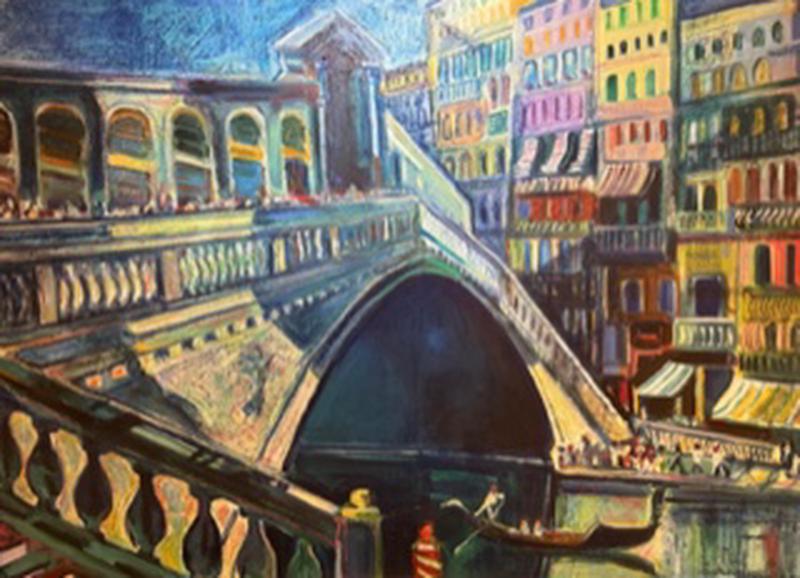Various

Little is known about Smirnoff’s early life; he was born into a middle-class family in Kharkov in 1894 and he is believed to have had a good education before serving in the Czar’s army during the First World War. Following the 1917 Russian Revolution Boris fled to Japan where he became fascinated with the styles and aesthetics he encountered there. During his time in Japan, he was commissioned to paint some decoration for the Italian Embassy in Tokyo. Smirnoff travelled throughout the East but in the early 1920s decided to travel to Paris and enrolled at the Ecole des Beaux Arts under Lucien Simon.
While in Paris he exhibited work at the Galeries Bellamy. Smirnoff also became friends with Japanese artist Tsuguharu Foujita (1886-1968) who had settled in Montparnasse and mixed with the emerging avant-garde artists such as Pablo Picasso (1881-1973) who later became known as the ‘School of Paris’. It was Tsuguharu Foujita who recommended Smirnoff relocate to the south of France. Smirnoff set up his home and studio in Haut-de-Cagnes-sur-Mer where he became a noted member of the glamorous society that enjoyed the fashionable Riviera. Smirnoff’s engaging personality and skill as a raconteur made him popular guest at society parties. Photographs from the time and his portraits attest to Smirnoff’s popularity with a huge range of people from politicians like David Lloyd George and Churchill to movie stars such as Errol Flynn and Grace Kelly.
Smirnoff’s work was hugely influenced by his time in Japan and Paris. He employed a variety of techniques from bright oils painted with broad brushwork to softer pastel and watercolours. His work drew inspiration from cubist artists such as Picasso and Braque though Smirnoff’s figures retained a soft sensuality despite often arranging his figures in awkward, contorted poses.
Smirnoff died on 9th August 1976 in the South of France.



